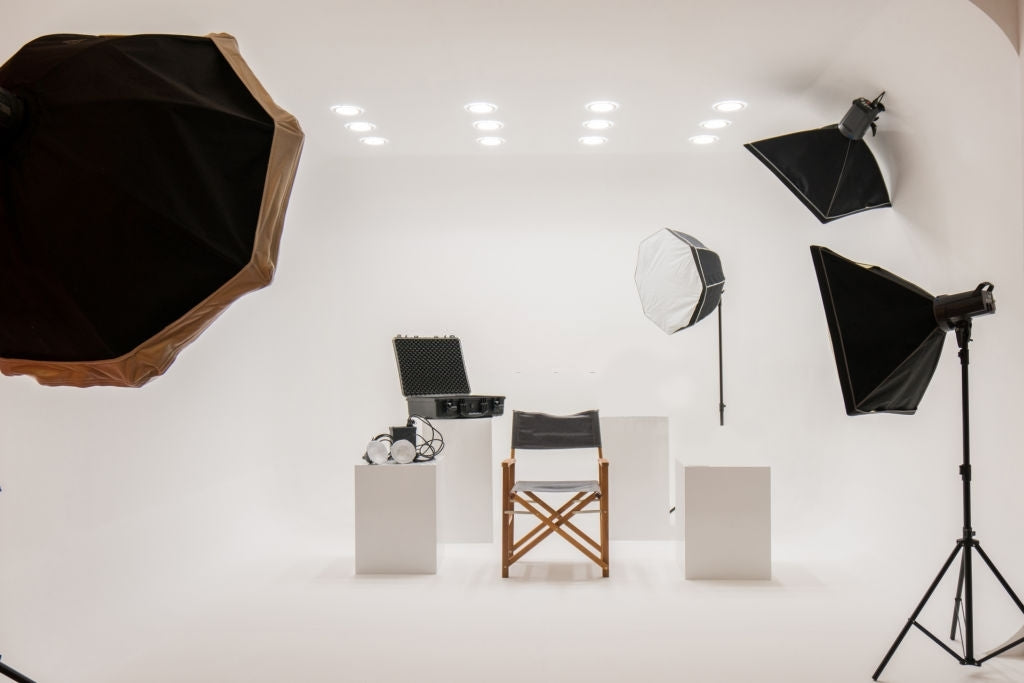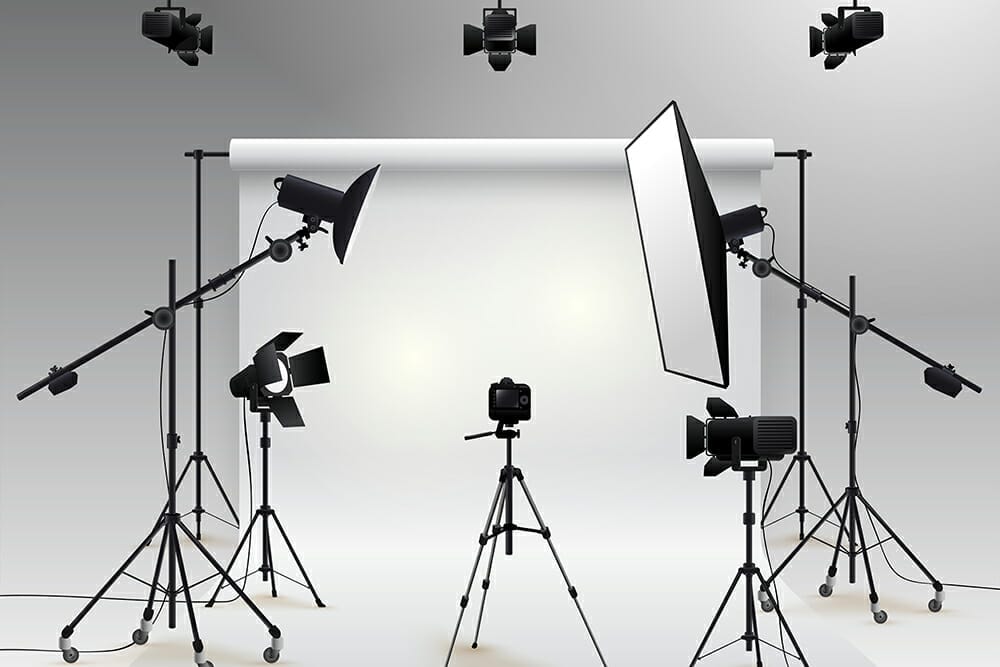What is Gel Lighting in Photography and Why You Should Use It?
In the vibrant world of photography, understanding how to manipulate light can make a profound difference in the quality and emotional impact of your images. One fascinating technique that has gained traction among professional photographers is the use of **gel lighting**. But do you really know what is gel lighting in photography? Let's delve deep into the specifics of this method, its applications, and tips for making it work in your favor.
Gel lighting involves the use of colored plastic filters, known as gels, which are placed in front of the light sources. These gels come in a variety of colors and can create stunning, dramatic effects in your photographs when used correctly. Not only do they add a splash of color, but they can also assist in attaining a specific mood or atmosphere within your images.

The Basics of Gel Lighting
Gel lighting is primarily used to tint the light emitted from your sources. This technique has become a popular choice for professional photographers looking to create unique effects and highlight certain features in their shots. By strategically placing gels, you can turn an ordinary scene into a fantastical display of color and emotion.
Gels can be applied to any light source, like strobes, speed lights, or continuous lights. They can also be used in combination with **diffusers** to create softer edges and less harsh contrast in your images. Want to learn more about **diffused lighting**? Check out this article.

Why Use Gel Lighting?
Why should professional photographers consider incorporating gels into their workflow? Here are some compelling reasons:
- Color Control: Gels allow for precise manipulation of color. You can create anything from a soft sunset effect to a bold, electric atmosphere.
- Emotion and Mood: Utilizing gel lighting can evoke specific emotions. For example, warm colors can foster feelings of comfort, while cool colors can convey distance or calmness. The relationships between color and emotion in photography are vital; they directly influence how your viewers perceive your work.
- Creativity: Gels provide opportunities for creativity. By using color theory, photographers can develop unique styles that resonate with their artistic vision.

How to Choose the Right Gels
Selecting the appropriate gels for your shoot is essential. Here are some tips:
- Consider Your Intention: What mood or message are you trying to convey? Choose colors that align with that intention.
- Test Before Shooting: Always do test shots to see how certain colors are rendered on camera. Different cameras may interpret colors uniquely.
- Mix and Match: Dont hesitate to combine different gels to achieve a more nuanced color effect.

Tips for Using Gel Lighting
Here are some valuable tips for effectively using gel lighting in your photography:
- Placement of Gels: The position of the gels can significantly impact the effect. Place gels close to the light source for vibrant colors, or further away for more diffusion.
- Use Two Light Sources: Using two lights, one with a gel and another without, can provide exquisite contrast and depth in your images.
- Balance with Ambient Light: Make sure to balance your gel lighting with ambient light. Too much color tint might wash out your subject.
Practical Uses for Gel Lighting
1. **Portrait Photography**: Gels can create dramatic backgrounds or side lights that make your subjects pop. Combining different gel colors can produce impressive and captivating looks.
2. **Product Photography**: Use colored gels to emphasize your products. A bright blue gel can highlight a silver object, making it visually appealing.
3. **Theatrical and Event Photography**: Gels work wonders in settings with dynamic lighting, such as concerts or theatrical productions, creating an energized atmosphere.
4. **Creative and Conceptual Shots**: Let your imagination run wild! Use gels to mimic natural effects like sunsets, sunrises, or abstract patterns in your photography.
Conclusion
Understanding what is gel lighting in photography and mastering this technique can elevate your photography to impressive new heights. The incorporation of gels not only adds creativity but also emotional depth and story to your images. Don't hesitate to experiment, and always keep in mind the mood you want to create in your work.
If you're interested in further honing your lighting skills, consider reading about how lighting works in photography from this article. And don't forget about the profound effects of lighting on mood; learn more in this insightful piece.
As an Amazon Associate, I earn from qualifying purchases.

